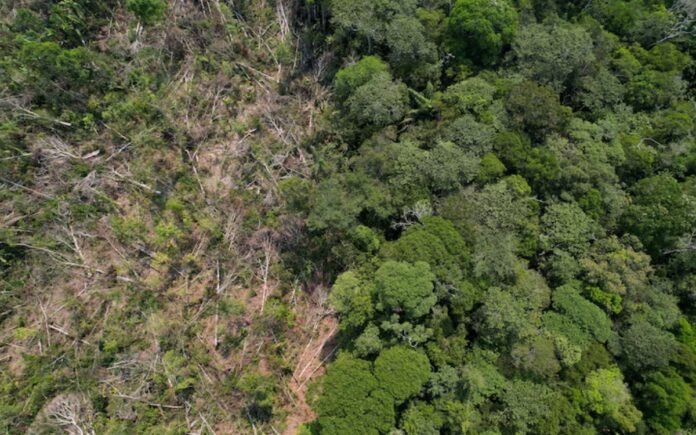Davos: A carbon markets investor supported by Swiss trading house Mercuria has partnered with Conservation International and The Nature Conservancy to launch the “Race to Belém”, an ambitious $1.5 billion initiative aimed at preserving the Amazon rainforest. Announced at the World Economic Forum in Davos, this effort seeks to collaborate with Brazilian states, farmers, and local communities to sell carbon credits tied to the protection of the world’s largest rainforest.
“Race to Belém” Targets Amazon Conservation
Named after the Brazilian city set to host the next round of global climate talks in November, the Race to Belém marks the first major undertaking by Silvania, a $500 million nature and biodiversity investment vehicle. Unlike previous projects that have faced criticism over limited impact, this initiative aims to secure agreements across all levels of government and affected communities, ensuring broad participation and implementation across vast areas of the Amazon.
The initiative comes amid escalating climate concerns following a year of record-breaking global temperatures that have brought the Amazon closer to becoming a net emitter of carbon. Such a shift could hinder the international community’s goal of limiting global warming.
Private Sector Critical to Climate Goals
Race to Belém CEO Keith Tuffley underscored the urgency of private-sector involvement, especially as government actions to combat climate change lag behind. Speaking from Davos, Tuffley expressed optimism about exceeding the $1.5 billion funding target for 2024 and hoped more Brazilian states would join the effort after its initial rollout in Tocantins.
“The consensus is that private sector engagement is now more critical than ever. The urgency to address climate challenges has only increased, and the Race to Belém highlights this by calling for transformative private investments,” Tuffley told Reuters.
Also Read | South Korea’s Birthrate on Track to Rise for the First Time in Nine Years
To initiate the project, Silvania has pledged $1 in upfront capital to participating states for every ton of carbon credits purchased, with a cap of $100 million. The price per ton will be negotiated with buyers, potentially saving hundreds of millions of tons of carbon emissions. Deployment is set to begin immediately, with subsequent phases rolled out over three to five years.
JREDD+ Credits for Transparency and Impact
The credits issued under the plan will follow the Jurisdictional Reducing Emissions from Deforestation and Forest Degradation (JREDD+) framework. JREDD+ projects, which are operational in countries like Guyana, Ghana, and Costa Rica, assess emissions reductions over large geographical areas. This approach allows for more comprehensive tracking of environmental and community impacts compared to traditional REDD+ projects.
Also Read | Japan Seeks Dual-Use Technology Firms to Strengthen Military Capabilities
Conservation International CEO M. Sanjayan called these credits a “generational opportunity to reverse the economic drivers of deforestation” and emphasized the pivotal role COP30 will play in shaping the future of the Amazon.
“This will be a seismic year for the future of the Amazon. We have a chance to look back on the trajectory of Amazonian protection in two distinct eras: pre- and post-COP30,” Sanjayan said in a statement.



